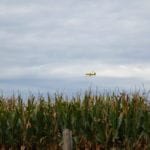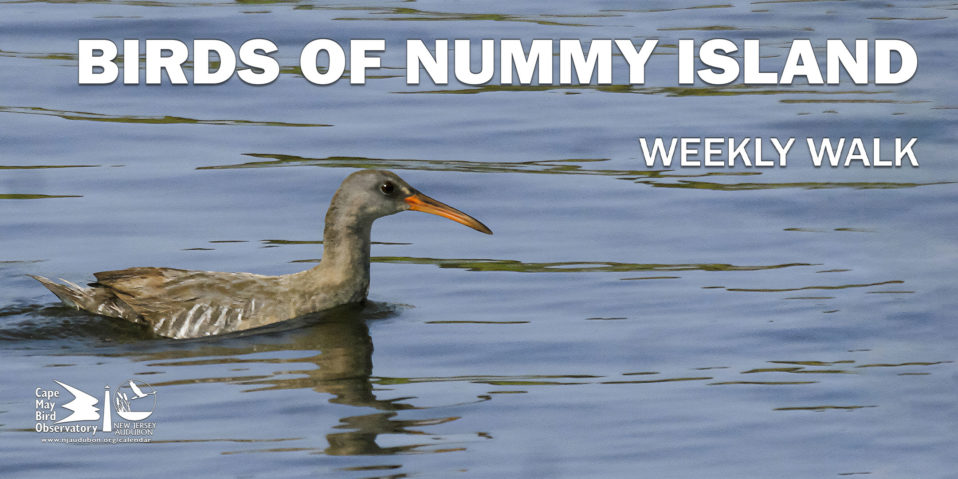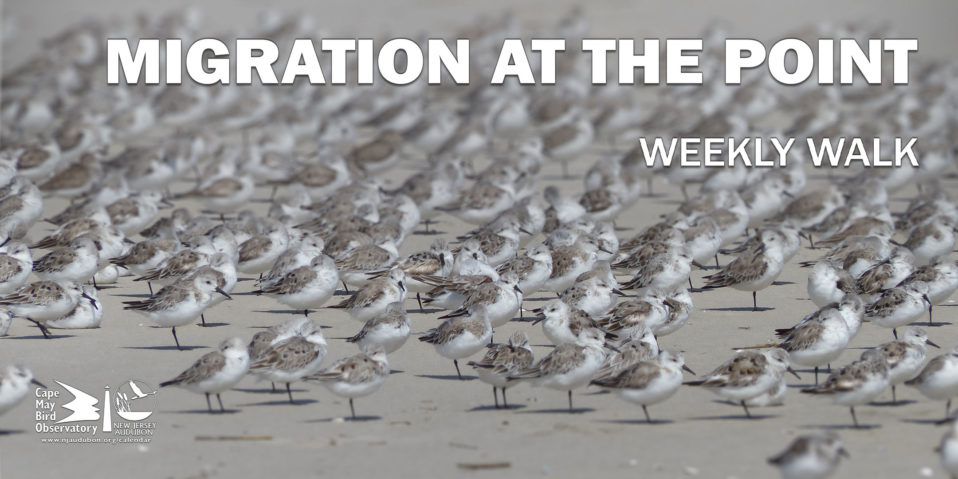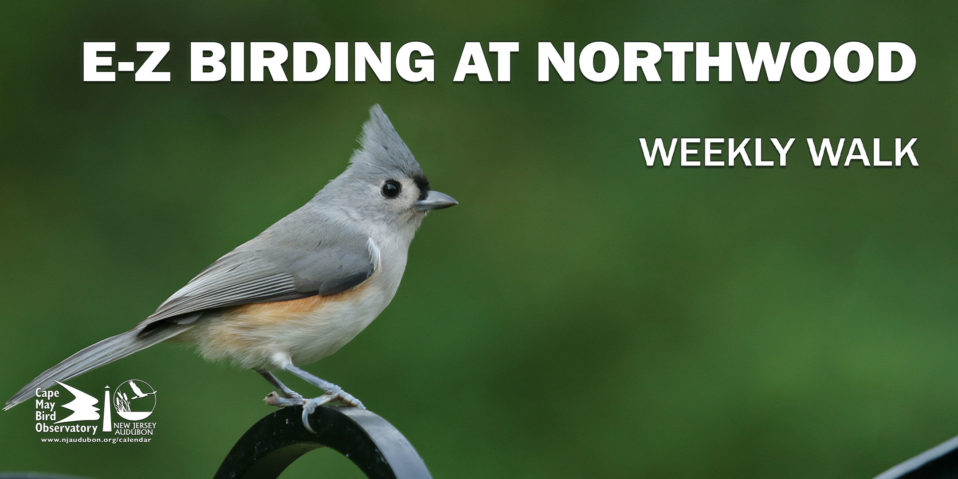Photos & Text by Kristen Meistrell
Every season, farmers across the Garden State tend to their crops while preparing for next season’s harvest. For some, part of this process involves turning the soil over to incorporate old crop residue, such as corn stalks, into the soil. This method is called conventional tillage and is often used to reduce weed pressure and to loosen the soil to prepare for planting.
Tilling and turning the soil over is a practice that is as old as agricultural itself, but there can be some side effects. This method can be an intensive practice and involves multiple passes with equipment. It exposes the soil to the elements, which can reduce soil moisture, increase compaction, and reduce organic material – all of which can increase water and fertilizer usage, decrease drainage, and increase erosion and runoff.
In Cumberland County, a farmer who has practiced conventional tillage for decades recognized some of these downfalls and decided to try a different approach called the no-till system. This method involves very little soil disturbance and only creates a narrow and shallow indentation in the soil where the seed will be placed. To help address potential weed pressure, he also decided to incorporate a winter cover crop, which is a plant that is grown between harvesting and planting of different commodity crops.
Switching to a no-till system can be intimidating and expensive. It requires new equipment and materials, and can have some level of uncertainty surrounding crop yields and long-term economic benefits. Because of the inherent risk, the farmer in Cumberland County tested out this new method on a few small soybean fields. After just one year, the difference is remarkable.
In the photo above, the farmer planted both fields with soybeans. Both fields have similar soil types and were planted only days apart. After a full growing season, the field on the left is riddled with weeds, and the soybeans are already beginning to drop their leaves. On the right, there is very little weed pressure and the soybeans grew vigorously and tall. The difference between these fields was not additional fertilizers and soil amendments, but rather the method of planting the soybeans. To the farmer’s surprise, the field on the right used the no-till system while the field on the left used conventional tillage.
After one growing season, it is easy to see the yield benefits to a no-till system, but how does it benefit soil health, water quality, and wildlife habitat? Using a no-till system with cover crops reduces soil disturbance while keeping the ground covered for much of the year. This helps to retain soil moisture, promotes infiltration, reduces soil erosion, and increases organic matter. No-till systems also require fewer passes with equipment, reducing fuel consumption and soil compaction. Cover crops can have added benefits as well. Legumes (peas, clovers) add nutrients to the soil by fixing nitrogen, brassicas (radishes) increase infiltration through deep taproots, and grasses (rye, wheat, barley) can help suppress weeds. Many of these cover crops can further provide shelter for wildlife during the winter months. In early spring, some cover crop species will flower, providing much needed nectar to native pollinators.
With so many benefits to the environment and to the community, a no-till system with cover crops can be a great alternative and option for many farms. Through the Delaware River Watershed Initiative, New Jersey Audubon is committed to working with farmers and producers to improve water quality, build soil health, and increase wildlife habitat on working lands through these practices and others, such as stream buffers. The Delaware River Watershed Initiative is a long-term, multi-state program that is supported by the William Penn Foundation, National Fish and Wildlife Foundation, USDA’s Natural Resources Conservation Service, and NJ DEP’s Water Quality Restoration Grants.










Post a comment